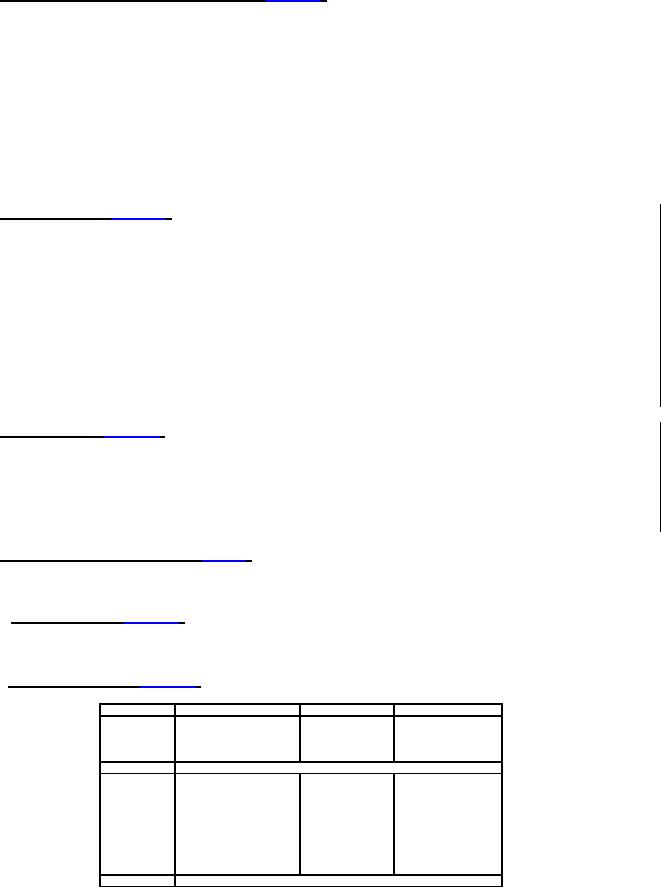
MIL-DTL-25708F
4.5.4 Sampling probe attenuation measurements (see 3.6.5). Attenuation measurements shall be made with the
signal source connected through a 50-ohm calibrated RF attenuator to the antenna connector and the output of the
sampling probe connected to the calibrated receiving detector. The output of the probe shall be noted on the
detector, after which, the antenna and probe shall be removed from the circuit and a suitable connector-adapter
substituted therefore. Without changing power or sensitivity, the attenuator shall be adjusted to produce the reading
noted previously on the detector. The difference in reading, in dB, on the attenuator with and without the antenna and
probe in place shall be the probe attenuation. All radio frequency interconnections shall be made by means of
nominal 50-ohm coaxial cables (and connectors) and mismatch of both the signal generator and the detector used for
making the measurements shall be reduced as low as practicable. The attenuation of the antenna shall be measured
over the frequency range (see 3.1) at intervals no greater than 25 MHz. The attenuation measurement system shall
have an accuracy of 0.01 dB per dB or better. (Sweep frequency techniques may be used.) The cable length
between the antenna and the measuring device shall not be greater than 6 feet. Each antenna shall be subjected to
the attenuation tests both before and after completion of the environmental tests specified in 4.5.7.
4.5.5 Radiation pattern (see 3.6.6). Measurements of the radiation pattern shall be made with the antenna
mounted flush in the center of a 4-foot diameter circular ground plane in the XY plane of figure 1 and the antenna
blade is in the XZ plane with the top of the blade in the direction of increasing Z, its normal mounting configuration,
assuming the ground plane represents the aircraft skin. The patterns shall be made on a continuously recording radio
range of the automatic type. Care shall be taken to avoid errors due to reflections from nearby objects, including
earth. Azimuth patterns shall be made at zenith angles of 20, 40, 60, 70, 80, 90, and 95 degrees; the angle of
maximum radiation; and any other angle deemed advisable. Vertical patterns shall be made in the longitudinal and
transverse planes relative to the horizontal dimensions of the antenna. Like patterns shall be made for comparison,
using the same test power levels on a matched quarter-wave stub antenna except that a single vertical pattern will
suffice. Unless otherwise precluded by acquiring activity contract, the design of the quarter-wave stub antenna and
matching section shall be approved by the acquiring activity prior to manufacture. Unless otherwise specified the
above tests shall be made at frequencies of 0.960 GHz, 1.050 GHz, and 1.200 GHz (see 3.1), but need not be
repeated after environmental exposure.
4.5.6 Polarization test (see 3.6.2). Polarization tests shall be conducted in the continuously recording radio range
in the same manner as the tests for radiation pattern, in accordance with one of the standard methods discussed in
chapter 11 of IEEE Std 149-1979. Polarization tests need to be made at only one frequency (1,050 MHz). For each
test antenna, the axial ration of the polarization ellipse shall be determined in each of the following directions (θ, φ)
degrees: (90, 0), (90, 90), (90,180), (90, 270), (60, 0), (60, 90), (60, 180), (60, 270), (30, 0), (30, 90), (30, 180),
(30, 270). The measurements shall then be repeated on a quarter-wave stub antenna mounted at the same location,
at identical power levels and sensitivities.
4.5.7 Environmental test requirements (see 3.5). Environmental tests shall be in accordance with MIL-STD-810 in
the sequence shown herein. Following each environmental test, the antennas shall meet the requirements of
4.5.7.1 High temperature (see 3.5.1). The sample antennas shall be placed within a chamber and the internal
temperature shall be raised to 250°C (482°F). The antenna shall remain in this environment for 2 hours; at the end of
this time, the antenna shall be removed from the chamber and immediately measured for VSWR (see 4.9).
4.5.7.2 Temperature altitude (see 3.5.2). MIL-STD-810 method 520 shall be tailored for variations in temperature
and altitude only. This test shall not include vibration or humidity environments. Test conditions:
Temperature (°C)
Step
Altitude (ft)
Time
2 hours
site
-62
1
---
site
-54
2
---
80,000
-54
3
---
site
-10
4
5
Standard ambient conditions
16 hours
site
125
6
4 hours
site
95
7
30 minutes
site
125
8
10 minutes
site
150
9
4 hours
50,000
60
10
30 minutes
50,000
90
11
4 hours
100,000
-10
12
30 minutes
100,000
20
13
10 minutes
100,000
45
14
15
Standard ambient conditions
9
For Parts Inquires submit RFQ to Parts Hangar, Inc.
© Copyright 2015 Integrated Publishing, Inc.
A Service Disabled Veteran Owned Small Business